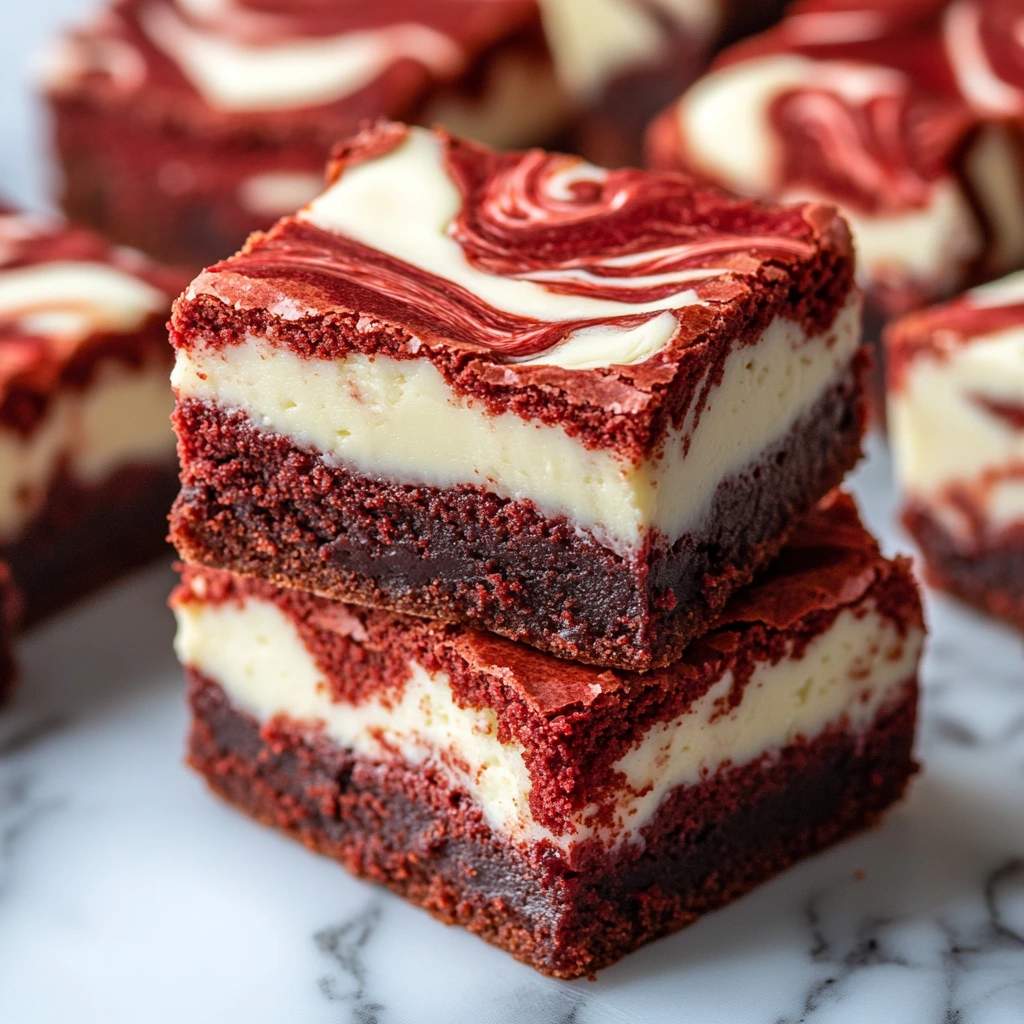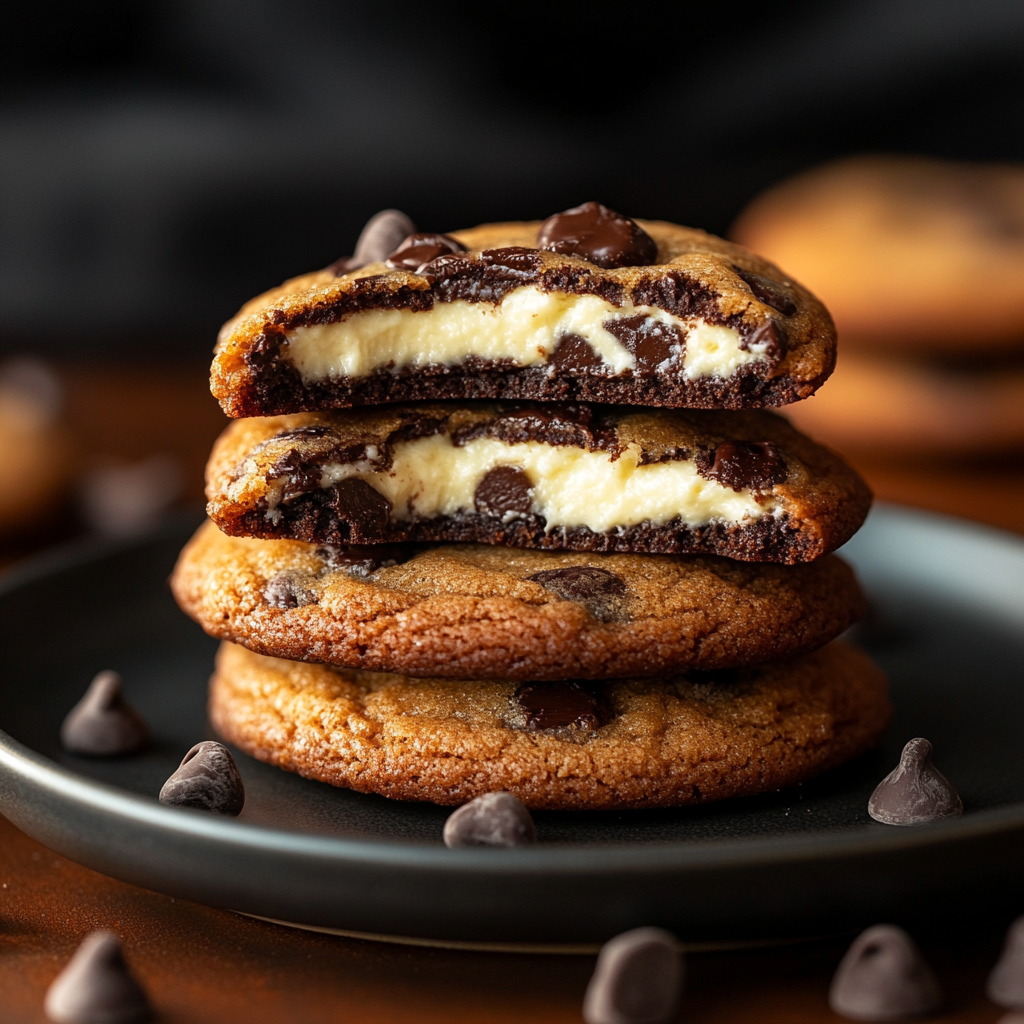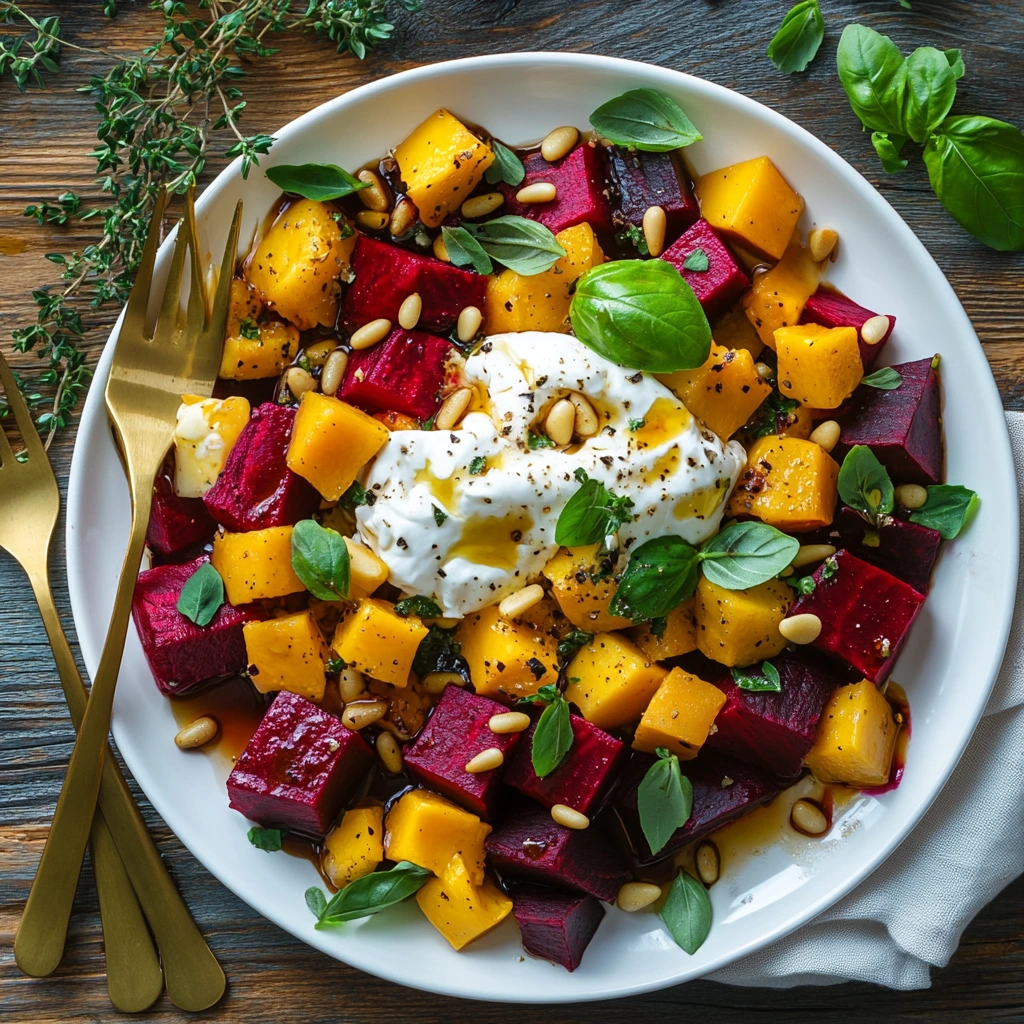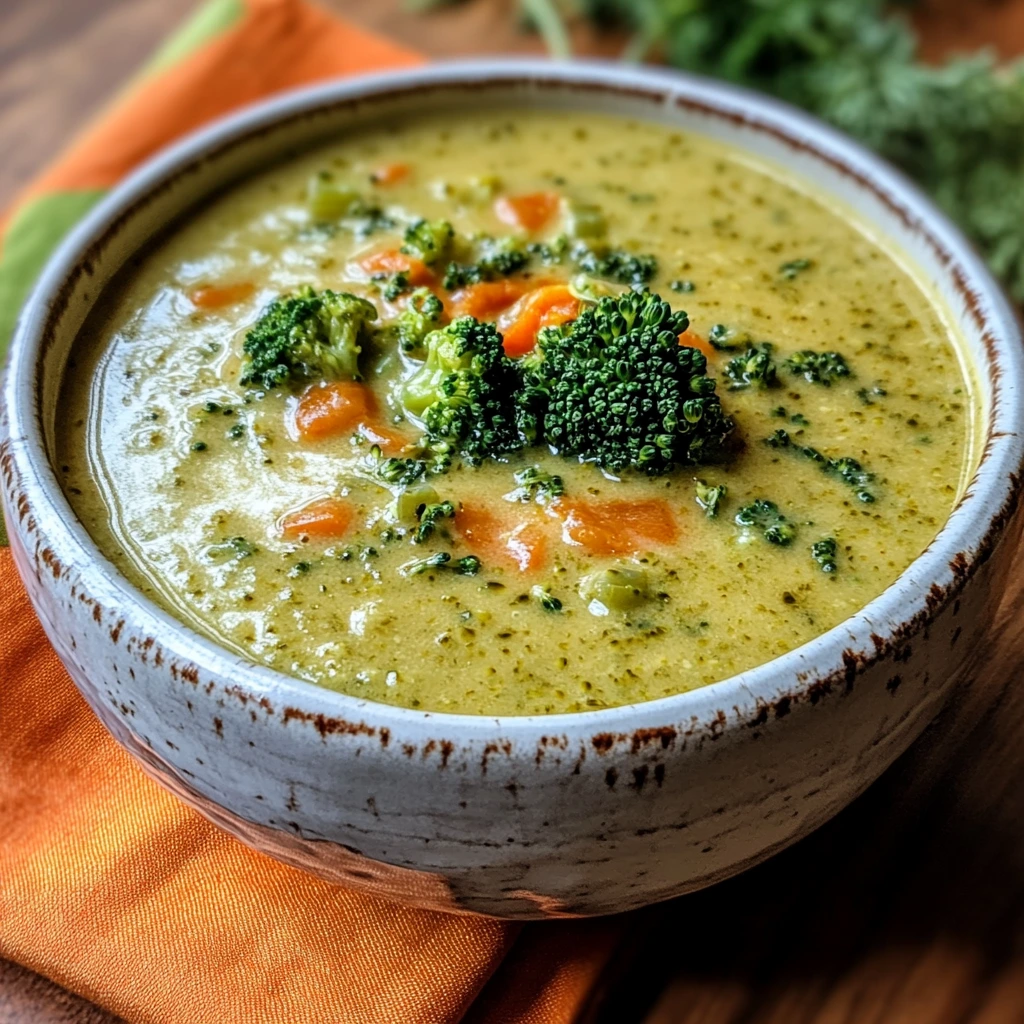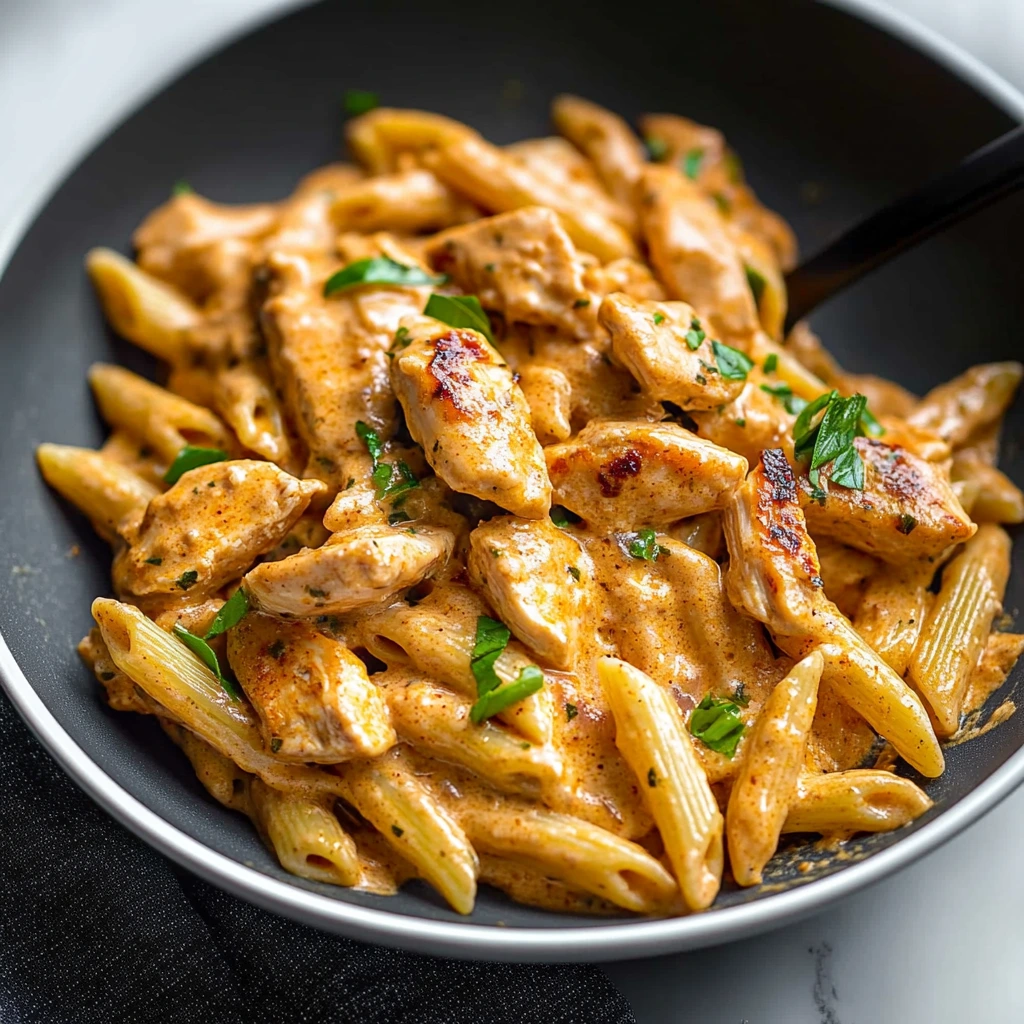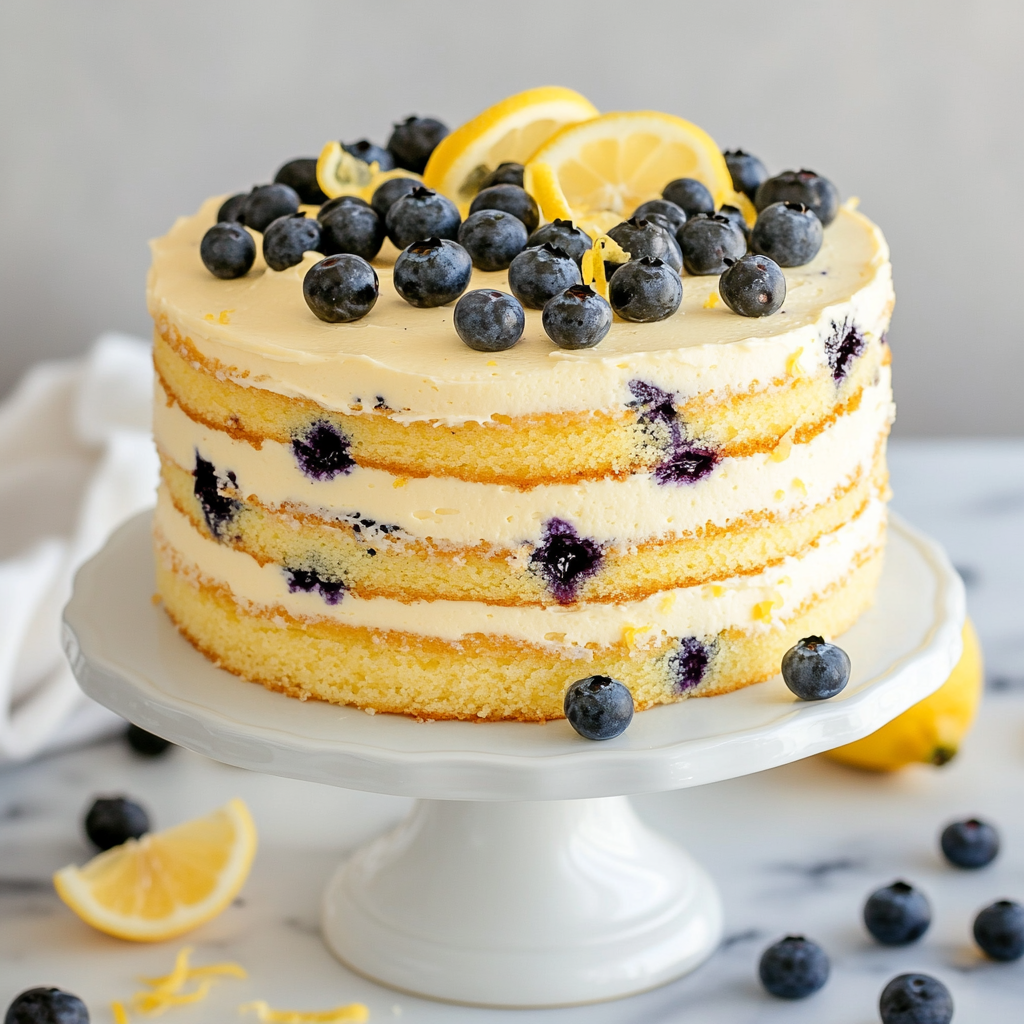The Buttery Magic of Traditional Scottish Shortbread
There’s just something undeniably comforting about the smell of buttery shortbread baking in the oven. It reminds me of quiet Sunday afternoons, a warm cup of tea in hand, and a biscuit tin that always seemed to magically refill itself. Of course, that magic was actually my gran’s doing—her shortbread recipe was legendary in our family, and now I’m passing it along to you.
This Traditional Scottish Shortbread is about as classic as it gets. Just three humble ingredients come together to create something so delicious, you’d swear there was a secret fourth one hidden in there. But nope—it’s just good old-fashioned butter, sugar, and flour. The result? A melt-in-your-mouth biscuit that’s slightly crumbly, just sweet enough, and perfect with your favourite cuppa.
What I especially love about this recipe is how approachable it is. No special equipment, no fancy steps—just a bit of creaming, pressing, and baking. Even if you’ve never made shortbread before, this one’s practically foolproof.
Let’s dive right into the magic.
🧾 Ingredients You’ll Need
This is the beauty of traditional recipes: no frills, no extras, just the essentials.
-
225g salted butter, softened
(Or use unsalted and add ¼ tsp salt) -
100g caster sugar
(plus a little extra for sprinkling) -
275g plain flour
That’s it! Just three ingredients that, when treated right, create absolute magic.
👩🍳 Step 1: Preheat and Prepare
Start by preheating your oven to 150°C (fan). This low, slow bake is key to shortbread’s signature texture. Grease and line a 20cm square baking tin with greaseproof paper—make sure it comes up the sides a bit so you can lift the shortbread out easily later.
🧈 Step 2: Cream the Butter and Sugar
In a large mixing bowl, cream the softened butter and caster sugar together until it’s pale, fluffy, and smooth. This part doesn’t take long, but it makes a big difference. The butter should be at room temperature so it creams easily—cold butter just won’t do the job right.
You can use a hand mixer if you like, but I usually go old-school with a wooden spoon. There’s something therapeutic about it.
🌾 Step 3: Add the Flour
Sift in the plain flour gradually, mixing as you go. The dough will start to look a bit dry and crumbly at first—don’t worry, that’s exactly what we want. Once all the flour is in, use your hands to gently knead and bring the dough together into a soft, cohesive ball.
And yes, your hands will get a little buttery. It’s part of the charm.
🧤 Step 4: Press and Shape
Press the dough evenly into your prepared tin. I like to use the back of a spoon to smooth the surface, pressing it firmly into the corners so you get a nice even bake. Then, use a sharp knife to score the dough into 12 fingers—just lightly, not all the way through. This makes it easier to cut clean slices after baking.
For a final touch of tradition, prick each piece with a fork. It’s not just decorative—it actually helps the shortbread bake evenly.
🍚 Step 5: Sprinkle and Bake
Give the top a light sprinkle of caster sugar for that delicate, sweet finish. Then pop it in the oven and bake for 35–40 minutes, or until it’s just starting to turn pale golden and feels set to the touch.
Your kitchen will smell absolutely incredible by this point. Trust me.
Coming up in Part 2, we’ll finish the bake, cool and slice it properly, and talk about a few delicious twists you can try if you’re feeling creative!
Cooling, Slicing, and Twisting Your Traditional Scottish Shortbread
So, your kitchen is filled with that warm, buttery aroma, and you’ve pulled a perfectly golden tray of shortbread from the oven. It’s tempting to dive right in—I know, I’ve been there. But hold off just a little longer for the best texture and cleanest slices.
❄️ Step 6: Cool Before Cutting
Once the shortbread is out of the oven, let it sit in the tin for about 10 minutes. This gives it time to firm up slightly so you don’t risk crumbling your beautiful bake. Then, while it’s still warm, follow your earlier score lines to cut through fully into fingers (or wedges, if you shaped it differently).
Transfer the pieces to a wire rack to cool completely. They’ll crisp up just enough as they cool, giving you that signature snap with every bite.
🍪 Why This Shortbread Works
The magic here really is in the simplicity. No rising agents, no eggs, no fuss. Just high-quality butter doing all the work—flavour, texture, and that soft, crumbly bite that just melts in your mouth. It’s the kind of biscuit that doesn’t need bells or whistles to impress.
And because it’s so minimal, it’s also incredibly adaptable. Want to shake things up a little? You totally can!
✨ Easy Shortbread Variations
If you want to play around with flavours, here are a few of my favourites:
-
Citrus Zest: Add 1 tsp of orange or lemon zest to the dough for a fresh twist.
-
Herbal Shortbread: A teaspoon of finely chopped rosemary adds a savoury edge—surprisingly good with cheese!
-
Vanilla Infusion: Mix in a splash of vanilla extract for a hint of warmth and sweetness.
-
Chocolate Dipped: Once baked and cooled, dip one end of each finger in melted dark chocolate and let it set. Divine.
Whatever variation you choose (or none at all), this recipe gives you a solid base that’s rich, crumbly, and comfortingly old-fashioned in all the right ways.
💡 Storing and Gifting Tips
Shortbread keeps beautifully—one of the reasons it’s such a great make-ahead treat.
-
Storage: Keep your shortbread in an airtight tin at room temperature. It’ll stay fresh for up to one week (if it lasts that long).
-
Freezing: You can also freeze the baked fingers. Just wrap them well and freeze for up to 2 months.
-
Gifting: Package a few fingers in parchment and twine for a thoughtful homemade gift. Add a little tag and you’ve got something truly special.
Coming up in Part 3: Your top questions answered (like can you really make this gluten-free?), and my final thoughts on why everyone should have a shortbread recipe like this in their back pocket.
Part 3: FAQ + Final Thoughts on This Classic Bake
Traditional Scottish shortbread may be one of the simplest recipes out there, but it still raises a few common questions—especially for first-time bakers. Let’s tackle a few so you can bake with confidence.
🧐 FAQ: All About Shortbread
1. Can I use unsalted butter?
Yes! Just add ¼ teaspoon of salt to the dough for that perfect balance of sweetness and richness.
2. My dough is too crumbly—what should I do?
This is normal before it comes together. Use your hands to gently knead it into a dough. If it’s still too dry, a tiny splash of cold water (about ½ tsp) can help.
3. Can I use granulated sugar instead of caster?
You can, but caster sugar dissolves more easily and gives a smoother texture. If using granulated, pulse it in a blender briefly to make it finer.
4. Is this recipe gluten-free?
Not as written, but you can swap the plain flour for a 1:1 gluten-free blend. Look for one specifically designed for baking.
5. How do I know when it’s done baking?
Shortbread should be pale golden, not brown. It will firm up as it cools, so take it out when it feels set but still light in colour.
6. Can I double the recipe?
Absolutely! Use a larger tin or two 20cm tins. The dough scales well.
7. What’s the best way to cut clean slices?
Wait until the shortbread has cooled slightly, then use a sharp, non-serrated knife and follow the score marks you made before baking.
🎉 Final Thoughts: The Biscuit That Never Fails
There’s a reason shortbread has stood the test of time—it’s humble, delicious, and endlessly adaptable. Whether you serve it as part of a tea spread, package it up as a gift, or sneak a piece straight from the tin (no judgement), it’s one of those recipes that brings comfort and joy in every bite.
I hope you give this traditional Scottish shortbread a try. And if you put your own twist on it, I’d love to hear about it! Drop a comment, share a photo, or pass it on to someone who could use a little baking happiness today.
Until next time—keep your butter soft, your tea hot, and your biscuit tin full.
Print
Traditional Scottish Shortbread – Buttery Homemade Biscuits with Only 3 Ingredients
- Total Time: 55 minutes
Description
This Traditional Scottish Shortbread recipe brings you a taste of timeless British baking with only three ingredients: butter, sugar, and flour. It’s simple, rich, and perfect for any occasion. Ideal for sharing, gifting, or sneaking from the biscuit tin.
Ingredients
-
225g salted butter, softened (or unsalted + ¼ tsp salt)
-
100g caster sugar, plus extra for sprinkling
-
275g plain flour
Instructions
-
Preheat oven to 150°C (fan) and line a 20cm square baking tin with greaseproof paper.
-
In a mixing bowl, cream the butter and sugar until light and fluffy.
-
Sift in the flour gradually, mixing until a soft dough forms. Use hands if needed.
-
Press the dough evenly into the tin and smooth the top with the back of a spoon.
-
Score into 12 fingers with a knife and prick each piece lightly with a fork.
-
Sprinkle with caster sugar and bake for 35–40 minutes, or until pale golden and set.
-
Cool in the tin for 10 minutes, then slice fully and transfer to a wire rack.
Notes
-
Use high-quality butter for the best flavour (like Kerrygold).
-
Add rosemary, orange zest, or vanilla for flavour twists.
-
Store in an airtight tin for up to 1 week or freeze for up to 2 months.
- Prep Time: 15 minutes
- Cook Time: 40 minutes





